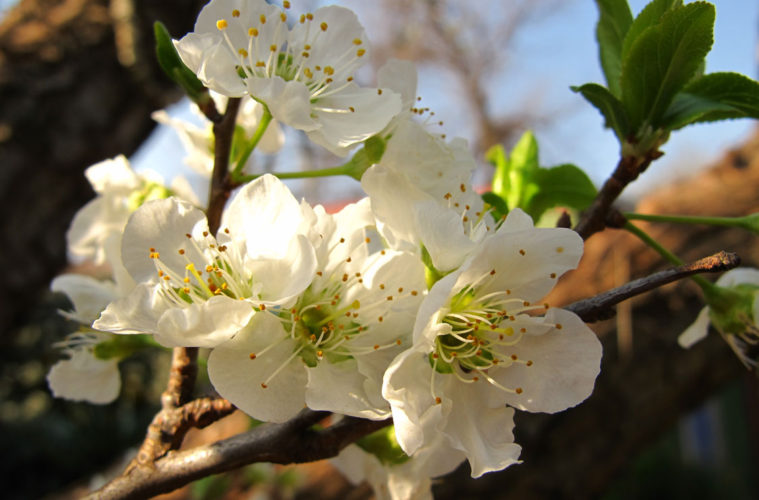Living in the city is no excuse for not growing fruit. Nurseries have recognised the trend and now stock a wide variety of fruit trees and bushes suitable for smaller spaces – here are four of our favourites
PLUMS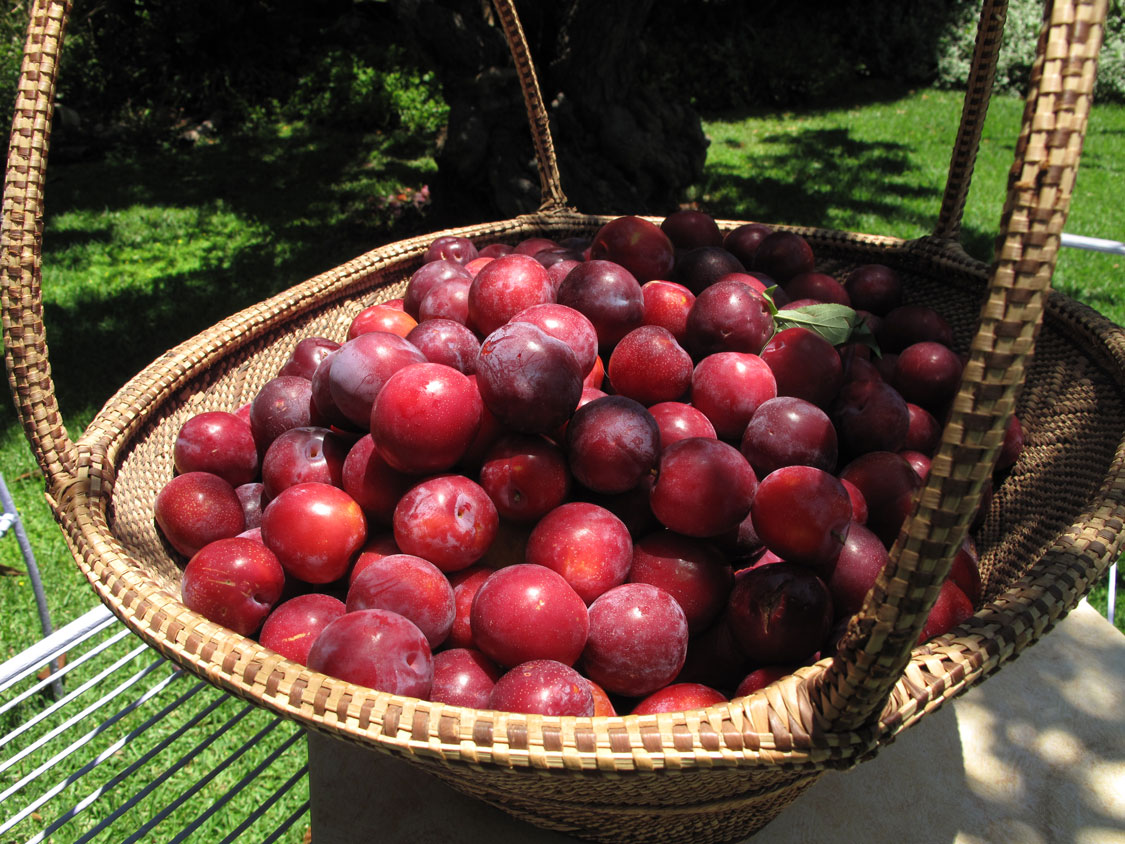
The plum tree contributes to the orchard year round with snowy blossoms in spring, fruit and shade in summer and architectural interest in winter.
Growing tips: Plum trees require full sun and well-drained, fertile soil. Feed them once a year in spring on the drip line (the outer edge of the tree’s canopy) with Talborne’s Vita Fruit & Flower or any slow-release, 3:1:5 fertiliser. Prune older branches back in winter (about the same time as roses); aim for a vase-like shape with vertical branches as the weight of the fruit can cause horizontal branches to break.
Small space solutions: Espalier a plum tree against a wall or a fence.
LEMONS
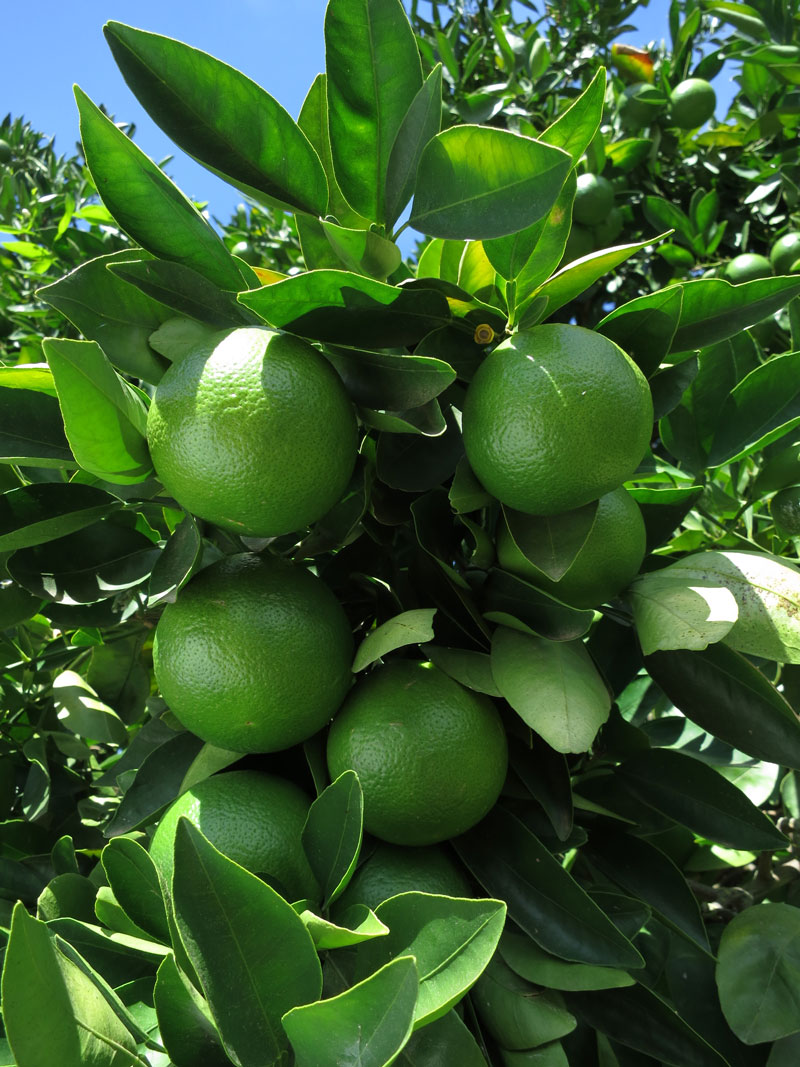
Lemon trees are a must-have in the urban orchard. Their fragrant white flowers are followed by green fruit which ripen to yellow in winter.
Growing tips: Lemons like full sun and fertile, well-drained soil. Prune them after they’ve finished bearing fruit by just removing weak, broken and dead branches; trim the lower branches to open up the base of the tree for air circulation. Feed them two to three times a year with Talborne Vita Fruit & Flower or any organic slow-release, 3:1:5 fertiliser and Epsom salts and water them regularly. Control psylla, a common pest, by spraying with Biogrow’s Pyrol or Bioneem.
Small space solutions: Lemon trees happily grow in pots but must be fed regularly. Or follow the Italian example of training lemons to grow over a pergola in your courtyard.
GRANADILLAS
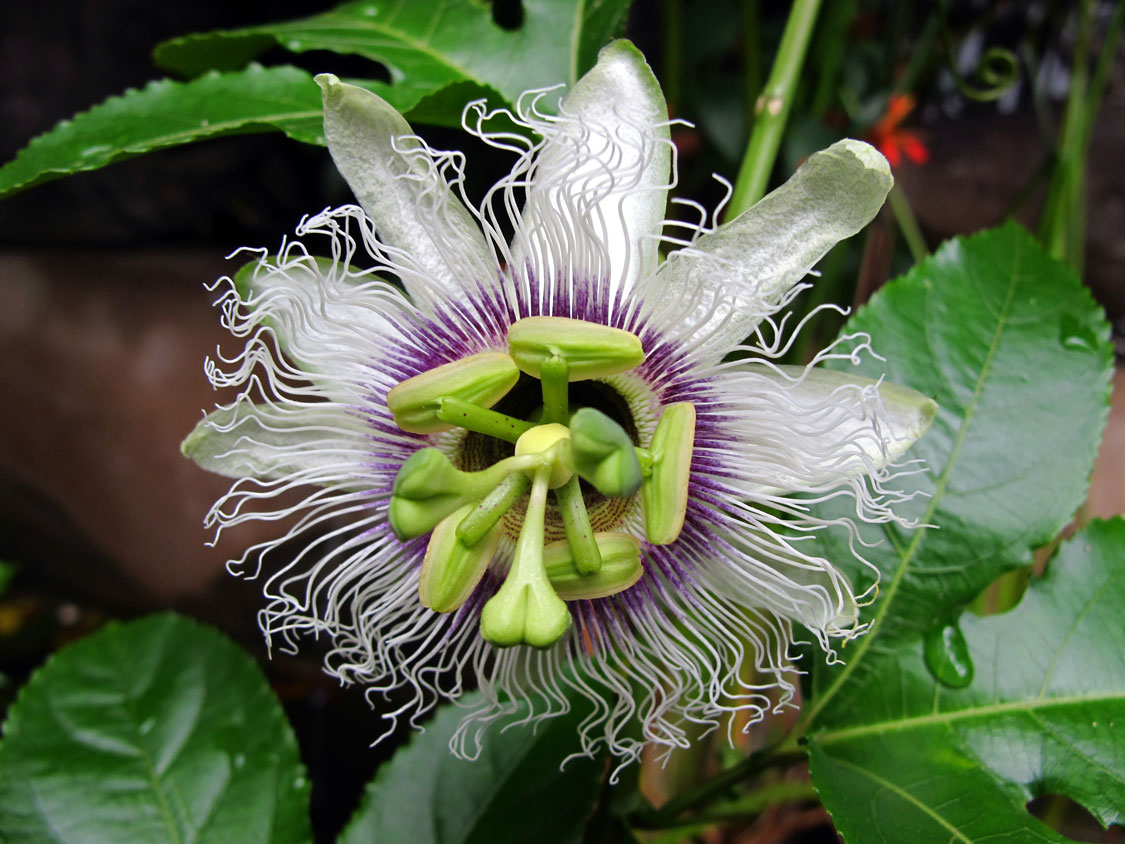
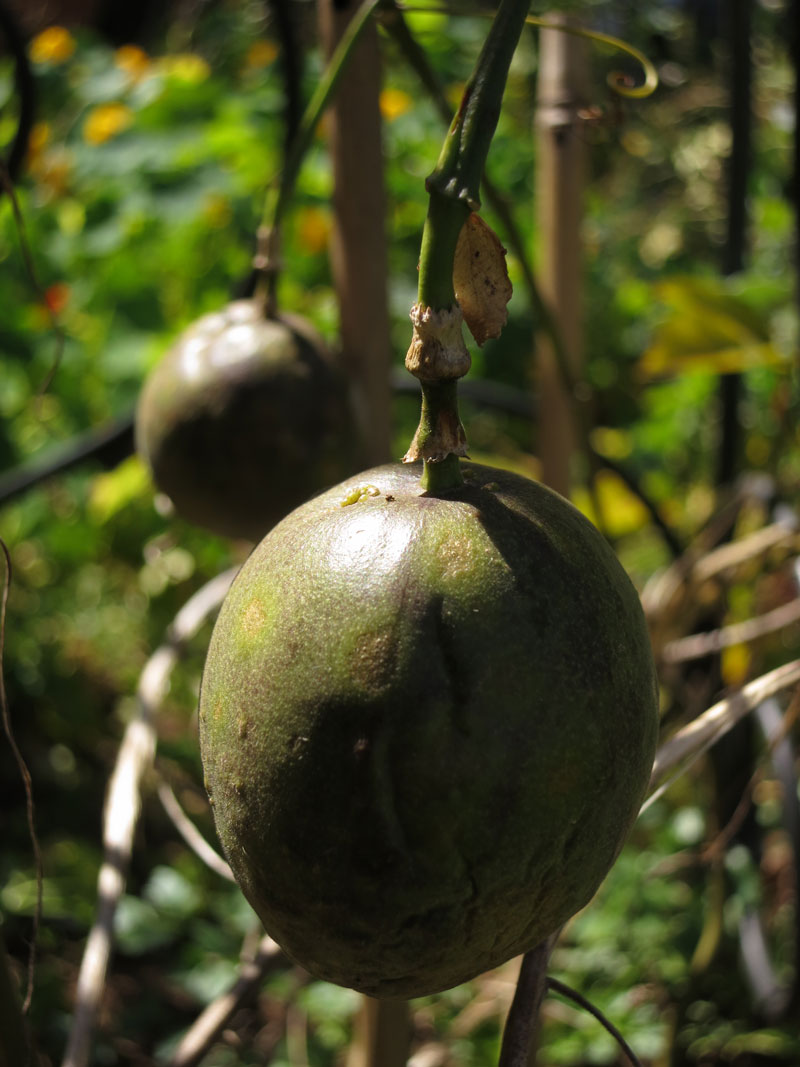
Exotic vining passion fruits have both extraordinary flowers and delicious fruit. After flowering in spring, they produce a summer crop and then flower again in autumn for a smaller winter crop.
Growing tips: Granadillas need a protected, sunny area, rich, well-drained soil and regular water; they won’t survive a hard frost. They need a pergola, fence or other vertical structure to climb up, and will benefit from being well-mulched, provided the mulch isn’t placed too close to their stems. Prune them in spring every two years, thinning them out and removing any branches below 60cm. Feed them with Talborne’s Vita Fruit & Flower or any slow-release, 3:1:5 fertiliser, compost and well-rotted manure twice a year after fruiting.
Small space solutions: Granadillas are perfect for covering an existing fence or training up a trellis against a wall.
GRAPES

Give your urban orchard a Mediterranean twist by adding a grapevine or two. The fruit ripens in late summer to early autumn.
Growing tips: Grapes prefer a hot, sunny position with well-drained, gravelly soil. Most do better in winter rainfall regions but some cultivars are bred for summer rainfall areas; check with your nursery. For the first few years, train the vines to grow up a trellis or pergola. After that, prune them every year in winter, cutting back the previous year’s fruiting stems. As fruit is produced from one-year-old stems, the vine needs to produce new stems every year. Feed with Talborne Vita Fruit or any slow-release, 3:1:5 fertiliser, compost and well-rotted manure in spring.
Small space solutions: Use grapes to cover an archway or to create an edible canopy that’ll provide shade in summer and allow the sun in through winter.
TIPS FOR URBAN ORCHARDS
- To encourage strong roots, add a slow release organic 2:3:2 fertiliser and earthworm castings to the hole when planting your trees.
- Check whether the fruit trees are self-fertilising. If not they’ll need a mate for pollination.
- Group similar trees together. But, don’t plant them too close together or they’ll compete for nutrients and sunlight.
- Underplant your fruit trees with a variety of flowers and herbs, such as chives, marigolds, garlic, borage, daffodils, comfrey, tansy, basil, nasturtium and feverfew. Creating diversity encourages a balance of insects and helps prevent disease.
- Watch out for unwanted growth from the rootstock of grafted fruit trees.

